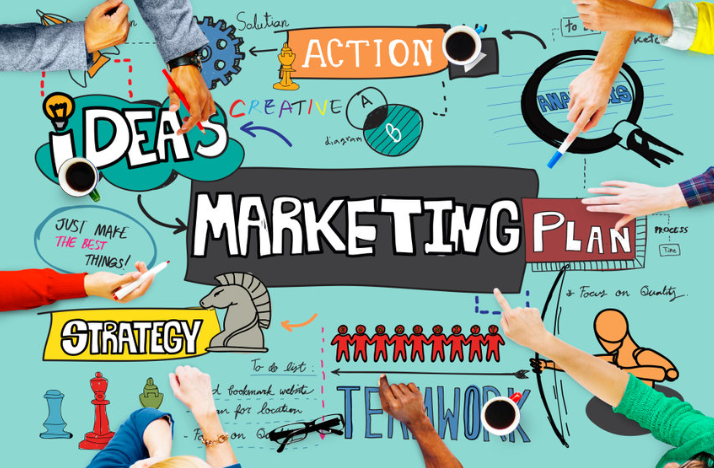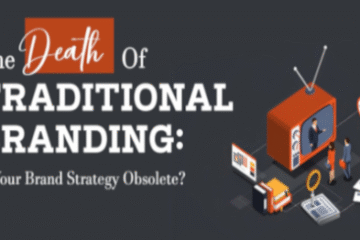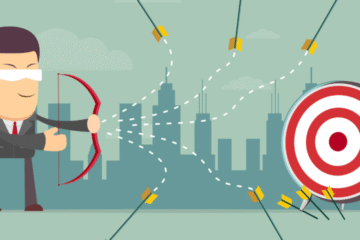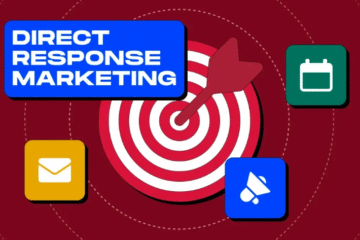Let’s start with a brutal truth:
Most marketing campaigns fail before they ever launch.
Not because the product’s bad. Not because the offer’s weak. Not even because the copy stinks (though that’s often part of it).
They fail because the campaign wasn’t built to win.
See, a lot of marketers treat campaigns like a quick sprint—throw together some ads, toss up a landing page, hit “publish,” and hope something sticks. But the greats—the real moneymakers—treat marketing campaigns like generals treat wars. Every move is strategic. Every step is tested. Every weapon in the arsenal is aimed at one goal: maximum profit.
So, how do you create and execute a campaign like that?
Step 1: Start With a Market, Not a Product
Here’s where 90% of campaigns die before birth.
Most marketers fall in love with their product. They think, “This is amazing! People will love it!”
But the truth? No one cares about your product.
They care about their problems. Their pains. Their desires.
So before you write a single word or design a single ad, you’ve got to dig deep into your market’s psyche.
What keeps them awake at night?
What dreams are they secretly chasing?
What false beliefs keep them stuck where they are?
Find the emotional hot buttons your audience already has—and build your campaign around those. Because great marketing doesn’t create desire—it channels it.
Step 2: Find Your Big Idea
Every winning campaign has a Big Idea—the kind that grabs your reader by the collar and won’t let go.
The Big Idea isn’t your headline. It’s not your offer. It’s the emotional hook that makes your entire message unforgettable.
Think:
“They laughed when I sat down at the piano…”
“Do you make these mistakes in English?”
“The one secret Wall Street doesn’t want you to know…”
Each of those Big Ideas transforms a boring message into something magnetic.
Your Big Idea should make your prospect stop mid-scroll and think, “Wait a second… tell me more.”
Step 3: Craft an Offer They Can’t Refuse
Clayton used to say, “A great offer can save weak copy. But even the best copy in the world can’t save a weak offer.”
Your offer is where the rubber meets the road. It’s not just what you’re selling—it’s how you’re packaging it.
Ask yourself:
How can I make this feel like an irresistible deal?
Can I pile on bonuses that multiply perceived value?
Can I reduce or remove risk with a bulletproof guarantee?
And remember: urgency sells. Whether it’s a deadline, limited stock, or exclusive access—give people a reason to act now.
Step 4: Build a Sales Funnel That Nurtures and Converts
This is where amateurs and pros part ways.
Amateurs think “campaign” means one ad and one landing page. Pros know it’s an orchestra—every piece working in harmony to move prospects from curiosity to commitment.
That means:
Attention-grabbing ads that lead with emotion.
A landing page that continues the story and builds belief.
Emails that nurture trust and reinforce the Big Idea.
A sales page or VSL that closes with power and proof.
Each step should feel like a natural continuation of the last—seamless, compelling, inevitable.
Step 5: Test, Track, and Optimize Relentlessly
Even the best campaigns can flop if you don’t test.
Track everything: click-throughs, open rates, conversions, cost per acquisition, lifetime value.
Then ask:
What’s working?
What’s not?
Where are prospects dropping off—and why?
Testing isn’t about tweaking for perfection. It’s about identifying the profit leaks and plugging them fast.
Small improvements—like changing a headline, adjusting a CTA, or tightening your lead—can mean massive jumps in ROI.
Step 6: Scale What Works
Once you’ve nailed a winning message and funnel, it’s time to pour gas on the fire.
Double down on the channels that convert best.
Repurpose your creative into new formats.
Retarget warm leads.
But—don’t scale before your numbers are solid. Scaling a leaky campaign just loses money faster.
Final Thoughts
The perfect marketing campaign isn’t born—it’s engineered.
It’s built on research, powered by a Big Idea, wrapped in an irresistible offer, and refined through relentless testing.
That’s the difference between a campaign that makes noise and one that makes millions.
And here’s the best part: once you learn to think like this—to see your campaigns as systems of persuasion—you can win in any market, with any product, anytime.
Because while tactics come and go, human psychology doesn’t change.
Tap into that, and your campaigns will never just “work”—they’ll dominate.
Reach out to me immediately so I can help you build your next marketing campaign!




